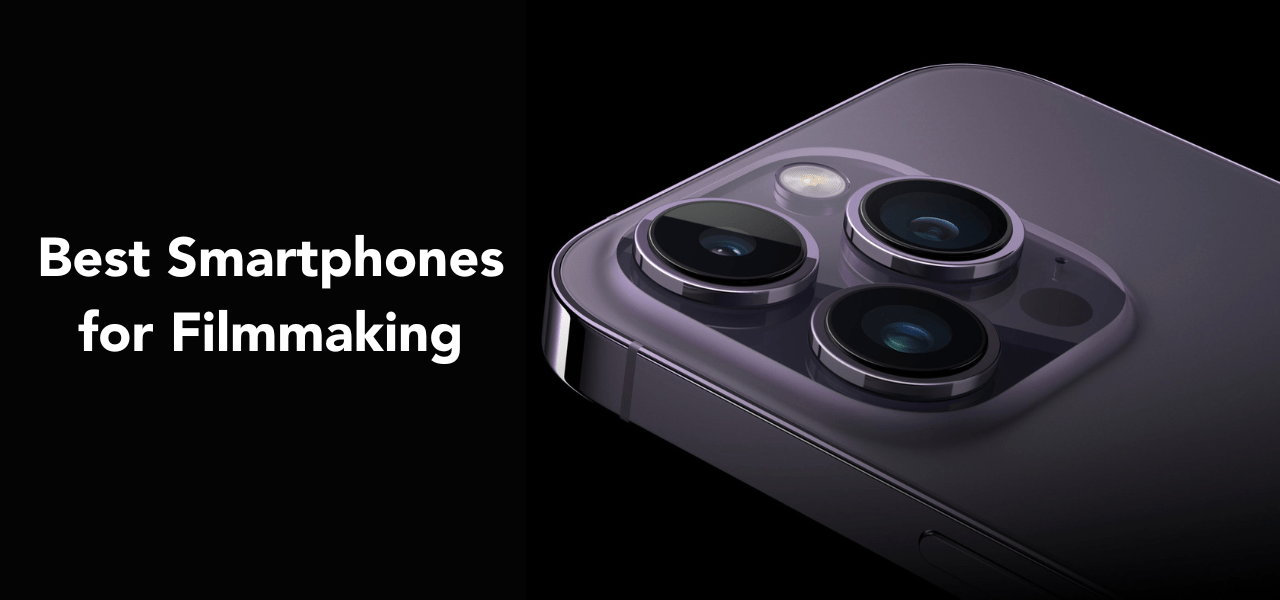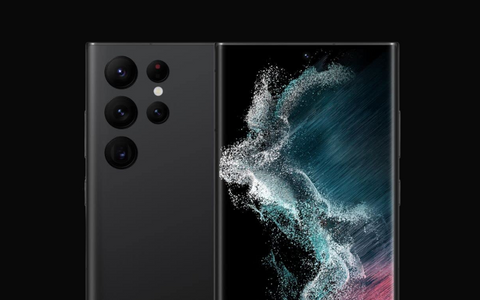
Best Smartphones for Filmmaking - 2023
At Zacuto, we are both excited and impressed by the current capabilities of smartphone cameras. In a matter of years, these cameras have gone from a fun additional feature that is occasionally used, to practically replacing point and shoot cameras, and we believe they will eventually supersede DSLRs and DSLMs.
With exciting new developments such as the iPhone 14 Pro’s 48MP main lens, sensor improvements for low light conditions, or impressive telephoto lenses with increasing magnification, there is no denying that smartphone cameras are to be taken seriously. This technology is becoming more and more of an essential tool for many videographers, photographers and anyone else creating content with their smartphone’s camera.
In light of all of this, we decided to highlight our picks for the 5 best smartphone cameras on the market right now. Since people have varying preferences when it comes to features, we made sure to highlight what makes each phone a great pick as well as selecting a variety of phones.

Best all Around: iPhone 14 Pro
Specs-
Display size: 6.7-inch OLED (2796 x 1290)
CPU: A16 Bionic RAM: 6GB
Storage: 128GB, 256GB, 512GB, 1TB
Battery (Hrs:Mins): 10hrs:13 min
Rear cameras: 48MP (f/1.8) main with 2x optical zoom, 12MP (f/2.2) ultrawide, 12MP (f/2.8) telephoto with 3x optical zoom
Front camera: 12MP (f/1.9)Weight: 8.5 ouncesBattery life (Hrs:Mins): 14:42
Pros: Excellent stabilization with Action Mode, multiple lens options, improved Cinematic Mode
Cons: Expensive
While the iPhone still has a ways to go when it comes to improving some of their newer features (such as Dolby Vision HDR), there is no denying that they are leading when it comes to creating a phone that can be used to shoot video in a wide range of circumstances. With their new 48MP main camera, an Ultra Wide camera, and a Telephoto lens, these cameras are incredibly well suited for a wide range of shooting conditions. Additionally, the ProRes codec option is excellent to have for color grading, as it retains more detail. With rapid improvements, more zoom options, and useful film modes, it is clear to see that Apple is prioritizing creating tools for videographers and filmmakers, making it our best overall.

Best Pro Phone: Sony Xperia Pro 1
Specs-
Display Size: 6.5 inches (3,840 x 1,644-pixel resolution) OLED
CPU: Qualcomm Snapdragon 888 RAM: 12GB
Storage: 512GB internal, (expandable storage option)
Battery: 4,500mAh
Rear cameras: 12MP f/2.4 standard, 12MP dual-aperture, and 12MP f/2.2 ultra-wide (124-degree field-of-view)
Front camera: 8MP f/2.0
Pros: Expandable micro SD storage, headphone jack, high res display,
Cons: Not well suited for point and shoot, limited zoom options, expensive
The Sony XPeria Pro I is an excellent option for those accustomed to making manual adjustments when shooting. Instead of having one camera app, Sony has implemented Cinema Pro, Photo Pro, and Video Pro as options for shooting. In addition to this, users have full manual control of each camera function (a wealth of options that may be daunting to some). Still, with an incredible 4K OLED display, micro SD storage, and a 3.5mm headphone jack it is an excellent option for those who want to take their filmmaking to the next level.
Additionally, Sony claims it has designed the video app UI to be similar to their pro camera menus, making it an excellent choice for Sony users.

Best High Quality Zoom: Galaxy S22 Ultra
Specs-
Display Size: 6.8-inch AMOLED (3088 x 1440; 1-120Hz)
CPU: Snapdragon 8 Gen 1 / Exynos 2200 RAM: 8GB / 12GB
Storage: 128GB, 256GB, 512GB, 1TB
Battery: 5,000mAh
Rear camera: 108MP wide (f/1.8), 12MP ultra-wide (f/2.2), 10MP telephoto (f/4.9) with 10x optical zoom, 10MP telephoto (f/2.4) with 3x optical zoom
Front camera: 40MP (ƒ/2.2)
Pros: 10x optical zoom, 8k video resolution,
Cons: S21 is similarly good at a lower price, battery could be improved
There is no denying Samsung is a frontrunner when it comes to lens options with the S22 Ultra. This phone contains two 10MP lenses, a 12MP ultrawide lens, and the 108MP main wide camera, making this phone an ideal choice for those who don’t want to lose out on clarity while using the up to 10x optical zoom. Beyond the zoom and lenses, Samsung has improved sensor quality for low light conditions, making video capture in Ultra Night Mode more enticing. On the software end, Samsung has improved on optical image stabilization, digital image stabilization, and image processing. Still, for some the S21 Ultra will do just fine, as it has better battery usage over the S22.

Best Budget Camera Phone: Google Pixel 7
Specs-
Display Size: 6.3-inch OLED (2400 x 1080; 90Hz)
CPU: Tensor G2 RAM: 8GB
Storage: 128GB, 256GB
Battery: 4355 mAh
Rear cameras: 50MP (f/1.85) main, 12MP (f/2.2) ultrawide
Front camera: 10.8MP (f/2.2)Weight: 7.3 ounces
Pros: Great stabilization, intuitive UI, 4K/60fps for both front and back
Cons: Slow charging, battery could be better, no telephoto lens
The Pixel 7 is the best option for those looking for a camera that is easy to use at a more friendly price point. While this phone does not tout an advanced set of features, its streamlined interface is excellent for those shooting on the go. Additionally, the new Tensor G2 processor reduces noise and blur for up close photos and improves video quality. While the Pixel 7 does not contain the telephoto lens of the Pro model, at $600, it is one of the best budget phones for filmmaking out there.
For an even more in depth explanation of some of the top smartphones for filmmaking and videography, check out this video by iLang Film Gear.



Comments
Leave a comment